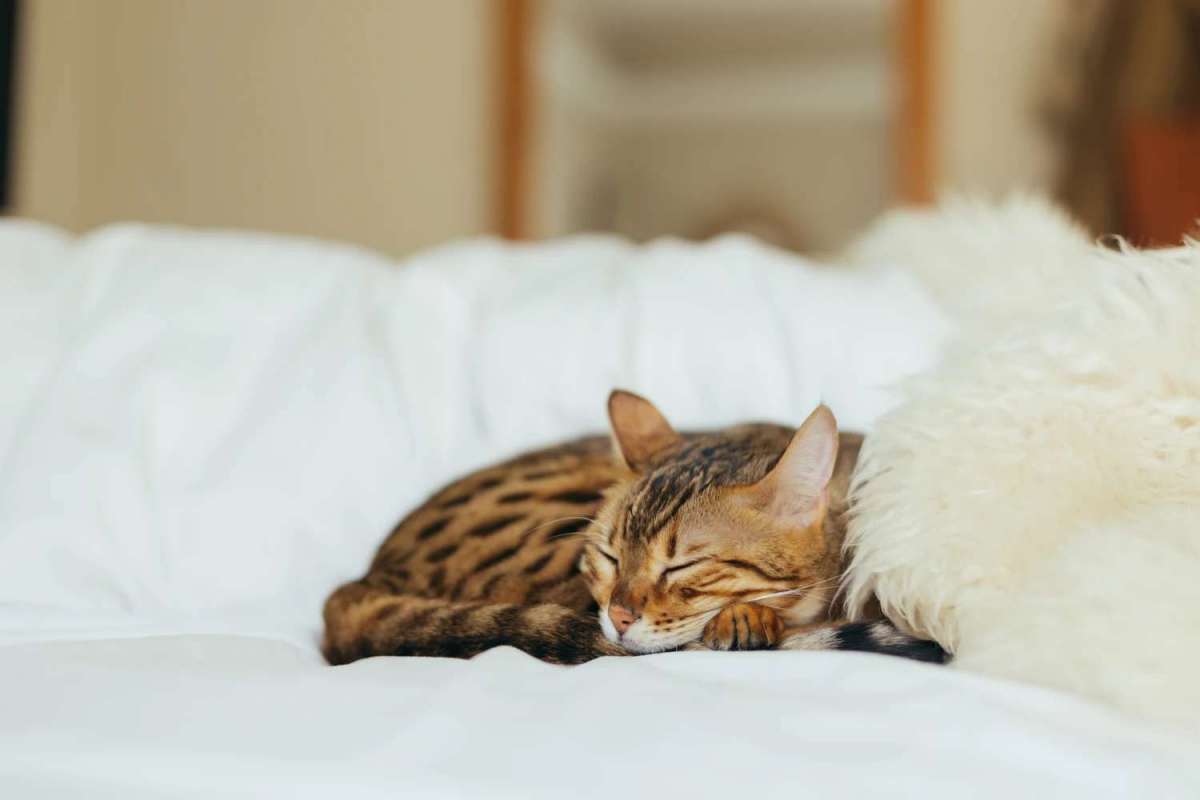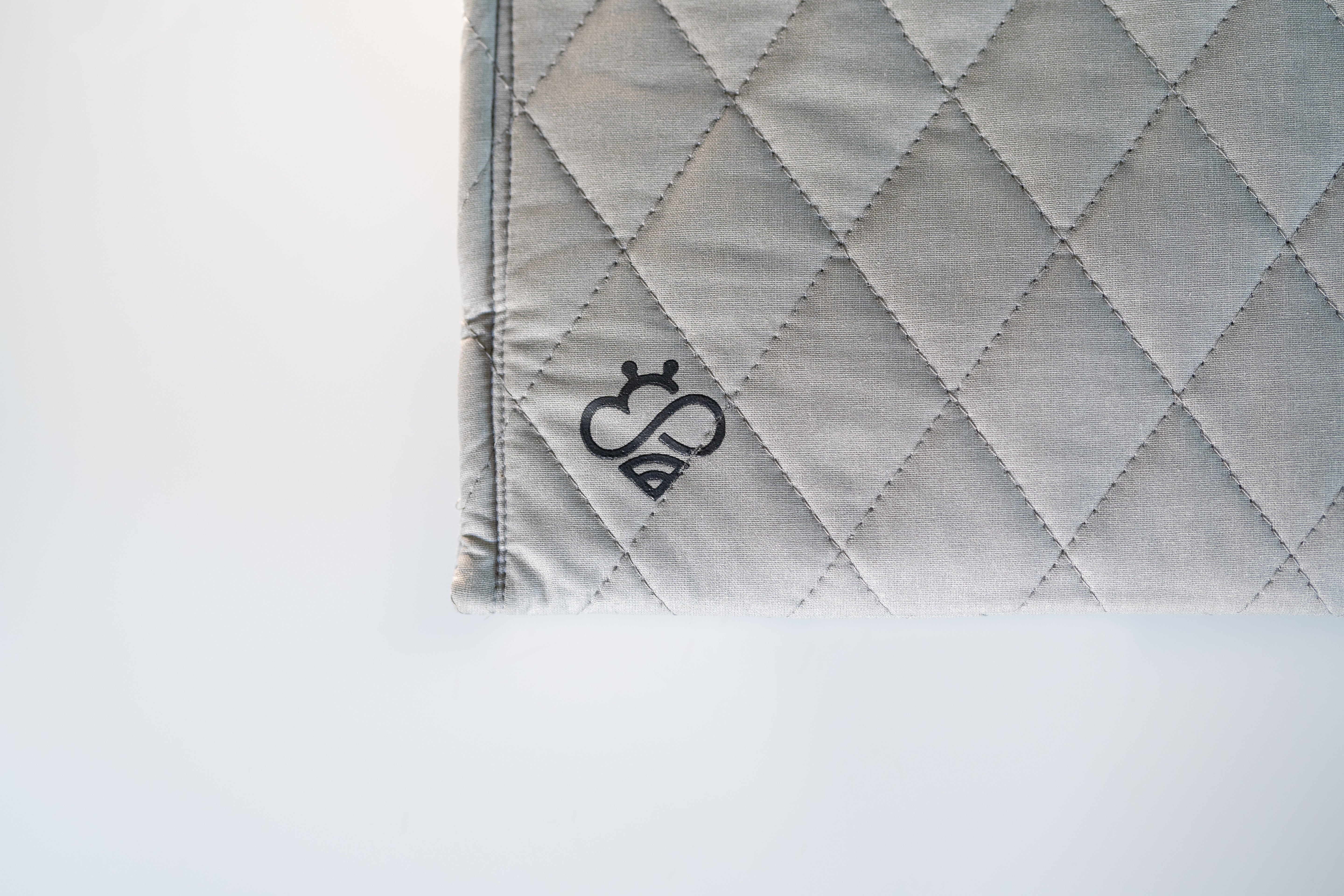Secrets to napping well
Do you have that one friend who swears by naps? Or maybe you’re that friend–the one who works a power nap into your lunch break every single day. You feel like you can’t live without your daily nap, but does science agree with you?
In many cultures, naps are as essential as eating breakfast or taking a shower. Most Spanish businesses and shops close for three hours so that everyone can take a siesta. In China, people typically take a 2-hour lunch break in order to incorporate an afternoon nap. You’ll often find shop owners sleeping in the back of their shops during this time.
Of course, Spain and China are both known for staying up late and not getting enough sleep at night. Do naps help them make up for the nighttime sleep they lack? Or are their daily naps simply a consequence of not getting sufficient sleep at night?
Naps can offer lots of benefits, but only if they’re done the right way. Here’s everything you need to know about how to use naps to your advantage. If you capture the ideal nap, you can amp up your energy and productivity.
Health benefits of naps
For most of us, naps can have numerous health benefits. For those who struggle with insomnia, however, napping can be disruptive to their nighttime sleep. If you usually lie awake at night for more than 30 minutes, napping might not be the best practice for you.
On the other hand, if you don’t have any sleep problems, napping could be just what you need to maintain your energy levels throughout the day. The health benefits of napping include:
- Promoting learning and memory
- Regulating emotions
- Increasing alertness
- Reducing fatigue
- Encouraging creativity
- Relaxing your body and mind
More than that, research has shown that napping once or twice a week can lower your risk of cardiovascular incidents such as heart attacks. That means you may not need to nap every day in order to get the long-term health benefits of napping.
Should you take a nap even when you’re not feeling tired? Not necessarily. Taking a nap can be a good way to recover from not sleeping enough the previous night or to prepare for a night when you may not be able to get your full 8 hours. Making time for a nap when your body needs it can make you more productive when you wake up.
Types of naps
There are several types of naps, each aligned with different reasons and results:
- Recovery nap: for when you don’t get enough sleep the night before
- Prophylactic nap: for when you know you won’t get enough sleep the coming night
- Fulfillment nap: for children to supplement their nighttime sleep
- Essential nap: for when you’re sick and your body needs extra energy for fighting illness
- Appetitive nap: for when you feel like taking a few minutes to doze off just for the enjoyment of it
Each type of nap serves a different purpose. The main ones you’ll want to focus on are recovery naps and prophylactic naps. If you incorporate these into your schedule, your body will be able to better handle sleep deprivation and remain productive even when you haven’t gotten enough deep sleep at night.
Still, you shouldn’t become too reliant on naps. If you stay awake until 3:00 AM watching Netflix because you know you’ll have time to take a nap the following day, you’re probably not making the healthiest decision.
Whenever possible, get a full 8 hours of sleep at night so you can have enough energy to last through the entire day without napping. Use naps as a supplement to your nightly sleep rather than a substitute.
Micronaps
Sometimes, I look over at my brother and see he has his head back and eyes closed. He does this while he waits for our family to decide which board game to play or where to get takeout. Falling asleep for a few seconds constitutes taking a micronap–and my brother assures me it reenergizes him.
Unfortunately, the research doesn’t show any benefit to micronapping. This study tested a group of mildly sleep-deprived students and found that napping for 30 to 60 seconds had little to no effect on them. Still, if micronaps seem to work for you, I doubt there are any negative consequences (unless you take a micronap during a Zoom meeting and miss an important question from your boss).
The thing is, you don’t necessarily need to fall asleep in order to rest. Taking a short break from the project you’re working on tends to restore your energy and can even provide a creative breakthrough. I can’t count the number of times a quick break from writing has allowed me to return to my article with a fresh perspective that reignites my flow.
Rather than relying on micronaps, build consistent breaks into your work schedule. This will lower your stress and give you the energy you need to get in the flow once your break is finished.
What’s the best time to take a nap?
You know that lull in energy you tend to feel after lunchtime? That’s the part of your natural circadian rhythm when your brain produces melatonin. This tends to happen about 8 hours after you wake up, and it’s the perfect time for you to take a quick nap.
Try not to nap after 3:00 PM, since that could negatively impact your ability to fall asleep at night. Remember, it’s more important to get sufficient sleep at night than to take naps during the day.
How long should your nap be? The ideal nap is between 10 and 20 minutes long. I know that sounds short, but keeping your nap at this length prevents you from feeling lethargic when you wake up. If you take a power nap, you’ll be ready to get back to work right afterward.
Planning your ultimate nap
Napping well requires planning ahead. If you fall asleep at 4:00 PM and sleep until dinnertime, you probably won’t be able to sleep through the night. Here are a few simple tips for planning your ultimate nap.
1. Set an alarm
Since you’re not likely to wake up naturally 10 to 20 minutes into your nap (especially if you’re sleep-deprived), it’s important to set an alarm so you don’t oversleep. Try an app like Sleep Cycle Power Nap that wakes you up before you enter deep sleep, preventing you from feeling groggy upon waking.
2. Sleep with daylight exposure
You might think that a dark, quiet place is the best spot for a nap, but daylight exposure while napping actually helps maintain your natural circadian rhythm. It’s important to dissociate daytime naps from your nighttime sleep so that you can still sleep well at night. Curl up on the couch with the curtains open…or take a quick nap at the office if that’s something your workplace encourages.
Use Hapbee
Do you find yourself feeling tired and ready for a nap…but never able to fall asleep when naptime comes? Hapbee’s Bedtime signal could be just what you need. This sleep trigger helps you fall asleep quickly and get the rest your body craves…without any of the harmful side effects of other sleep aids. With our 30-day money-back guarantee, you have nothing to lose. Try Hapbee today!
The post Is Napping Good for You? appeared first on Hapbee - Choose How You Feel.



